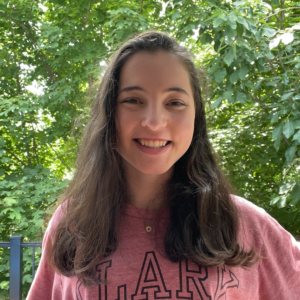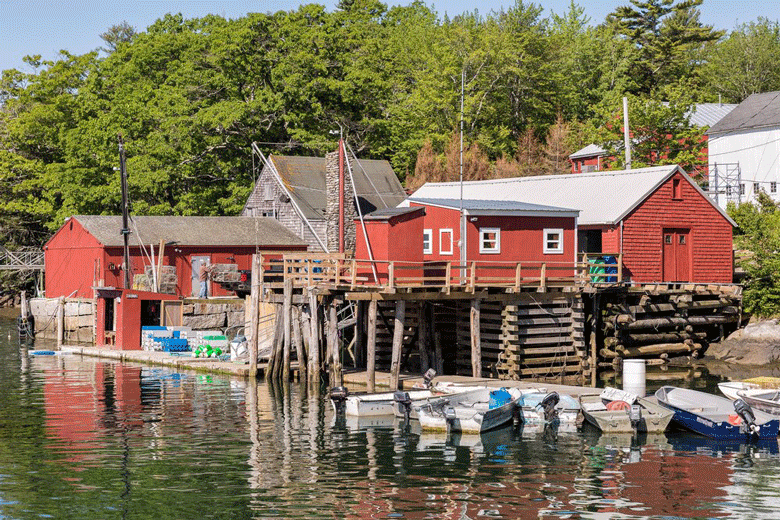Few places exemplify the resilient and sustainable coastal communities than the aptly named Community Shellfish in Bremen.
The seafood distributor connects local independent fishermen to a wider market hungry for high-quality lobsters, clams, and oysters.
The harbor, fueling station, and fully equipped dock at Community Shellfish’s facility on the Medomak River support over 50 small-scale lobstermen, providing waterfront access and infrastructure to sustain Maine’s marine economy.
The facility is centered around two lobster pounds, enclosed areas that were used for decades to store lobsters to manage seasonal market fluctuations. With changes in both the climate and lobster supply chain technology, most of Maine’s lobster pounds fell into disuse. However, Community Shellfish has preserved these structures by repurposing them for oyster aquaculture, an industry undergoing rapid expansion as demand grows for Maine’s high-quality shellfish.
With help from the Maine Aquaculture Association, Maine Sea Grant, and the Maine Aquaculture Innovation Center, initiatives like the Maine Oyster Trail highlight local businesses and attract tourists to coastal farms across the state.
In 2017, funding from the Island Institute helped Community Shellfish restore the pier and purchase equipment to begin cultivating oysters in the previously-vacant Bremen lobster pounds.

The potential benefit of an oyster farm was clear from the beginning: aquaculture is a powerful tool to diversify revenue sources for fishing communities and increase resilience to social or environmental disruptions. Oyster aquaculture is an especially promising climate solution. The filter-feeding bivalves improve water quality by removing pollutants and pathogens while oyster “gear” (the cages and bags used to hold oysters as they grow) provides habitat for marine organisms and helps restore aquatic ecosystems. Research has found that oyster aquaculture is more environmentally friendly than other forms of aquaculture. Oyster farms that use floating gear located close to shore mean low overall fuel usage (like Community Shellfish).
Preserving working waterfront, supporting local fishermen, increasing climate resiliency, and restoring ecosystems: if the story ended here, Community Shellfish’s decision to repurpose lobster pounds for oyster aquaculture would already be a resounding success. However, a unique collaboration with the University of Maine’s nearby Darling Marine Center has also made the Bremen docks a place for scientific innovation and career development.
Led by Cassandra Leeman, students at the center studied the “socio-environmental advantages” of repurposing lobster pounds for oyster aquaculture. Following the publication of their work in the internationally esteemed journal Aquaculture, and additional research by the Downeast Institute in Beals, several more Maine lobster pounds have been converted into successful oyster farms.
Scientific discovery continues to take place at Community Shellfish. Farm manager Robert Cuddy, a graduate student at the Darling Center, uses an experimental approach to identify which procedures will work best for Community Shellfish’s unique location while conducting research on oyster feeding characteristics that will benefit the industry as a whole.
If you wander down Cora Cressy Road on a summer morning, you might see me taking a break from recording the shell dimensions of thousands of oysters to chat with one of the lobstermen associated with Community Shellfish since its early days as a fishing cooperative. The people you’ll find at Community Shellfish are working together to help Maine’s coastal economy, united by shared interests to make Community Shellfish just that—a community.
Raised in Alabama, Ruby Krasnow is a biology major at Clark University in Worcester, Mass. She spent the summer studying sustainable aquaculture at the University of Maine’s Aquaculture Research Institute and plans on making Maine her home after finishing her education.





